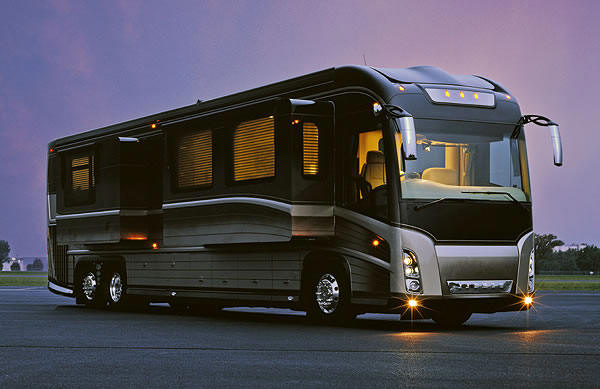When Is The Right Time to Launch A New Corporate Initiative?
 The article title is a common question asked in the business world.
The article title is a common question asked in the business world.
Larger companies might not struggle as much with the answer because of their more extensive resources. But for small- to medium-sized companies, getting the answer right is of paramount importance because of the demand on more limited resources.
I advise my clients to start by doing a SWOT (Strength, Weaknesses, Opportunities, Threats) analysis.
This valuable insight can help you initially prioritize among competing initiatives. You can undertake a SWOT analysis before building a detailed business case for an initiative. And it has the advantage of providing information that can later be used in the construction of the business case.
Here are example questions you can ask to build the SWOT analysis:
- Strengths:
- What advantages can the initiative bring?
- How will it help you do your business better?
- How will it help your customer relationships be stronger?
- How will it generate revenues or cut costs?
- Weaknesses:
- What will be the resource demands? Present and future?
- How long will the initiative’s execution or implementation take away from the core business?
- Can you afford the cost of the initiative until it reaches a positive payout?
- Opportunities:
- How will the initiative enhance the strengths of your core business?
- What is the market doing?
- How will the initiative differentiate your business from competitors?
- Threats:
- Have competitors already undertaken similar initiatives that are outpacing you?
- Will you be dependent on a limited number of suppliers or partners with the initiative?
- Are there external factors forcing your hand?
If your SWOT analysis shows the initiative looks positive – meaning the strengths and opportunities weigh more favorably than the weaknesses and threats, then you can undertake building the business case.
Case Study – RV rental company
 An RV rental company wanted to implement an online reservation system to compliment their hands-on reservation processes. A challenge they faced, though, is there was no viable third-party system that would fit their existing reservation processes because the RV rental company served as a niche business. Meeting their online goals required them to design a custom system.
An RV rental company wanted to implement an online reservation system to compliment their hands-on reservation processes. A challenge they faced, though, is there was no viable third-party system that would fit their existing reservation processes because the RV rental company served as a niche business. Meeting their online goals required them to design a custom system.
Before we undertook the project for this client, my collaborative partner and I performed a SWOT analysis for the company’s business owner. Here are the highlights of the results.
Strengths
The RV rental company would gain a customized system that would support their existing reservation processes. Those processes required capturing a consistent body of owner data related to driver’s licensing, insurance, and RV preferences.
A custom system would allow the easy exposure of available rentals to customers in real time through the combination of photos and spec sheets. And once a customer selected a specific RV, then the payment collection process could be automated and customers could track their account activity online.
Lastly, a custom system could be adapted to meet the changes to the reservation process.
Weaknesses
A custom system would carry higher system maintenance costs over its lifetime. Without detailed technical documentation, it could be harder for later developers to understand the underlying system architecture.
Opportunities
An online system would provide more opportunities to capture reservations since the system would be available 24x7x365. Additionally, it would lessen personnel needs (because without an automated systems, humans would be required to write up the reservations).
However, since the RV rental company planned on continuing to offer hands-on customer service, then customers would have the option to make reservations in the way they most wanted – online or via a human.
Having an online system would also allow the company to extend itself into new channels, where they could interface their internal system with other online reservation services.
In short, a custom online system could provide more opportunity to generate revenues while saving money while continuing to offer a good customer experience.
Threats
A custom system could make the RV rental company dependent on their systems developer. It could also possibly carry higher maintenance costs over time. Or conversely, it could easily become obsolete if the company owner elected to save costs by declining to properly maintain or adapt the system as processes changed.
The decision made…
 In the end, the RV rental business owner decided to undertake the custom system after all. Because her business was truly a niche play, there weren’t other third-party options available to meet her needs. Thus, her decision was to either design a custom system or not provide online reservations at all.
In the end, the RV rental business owner decided to undertake the custom system after all. Because her business was truly a niche play, there weren’t other third-party options available to meet her needs. Thus, her decision was to either design a custom system or not provide online reservations at all.
To mitigate the threat of dependency on a software developer, the business owner agreed with our recommendation to use Access as her simple system platform, coupled with detailed technical specs.
She also added a line item to her budget for system maintenance to ensure she planned for potential upgrades to Access or system innovations.